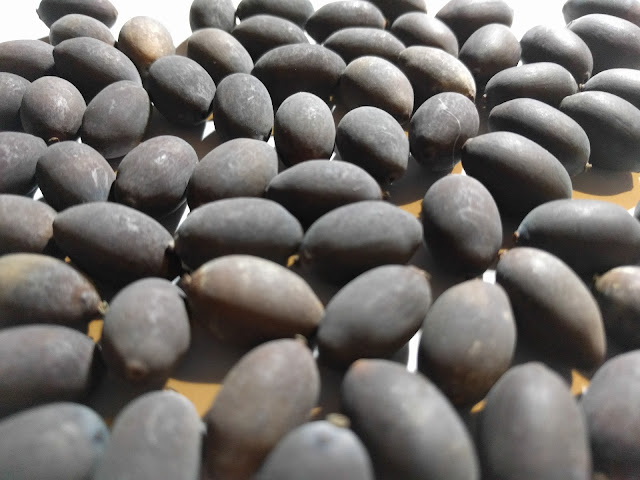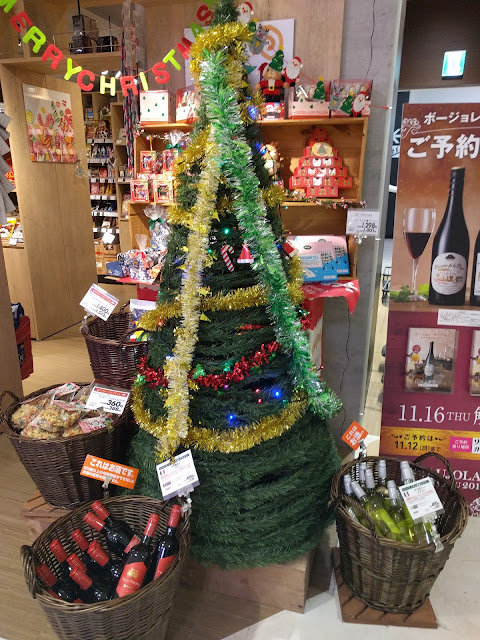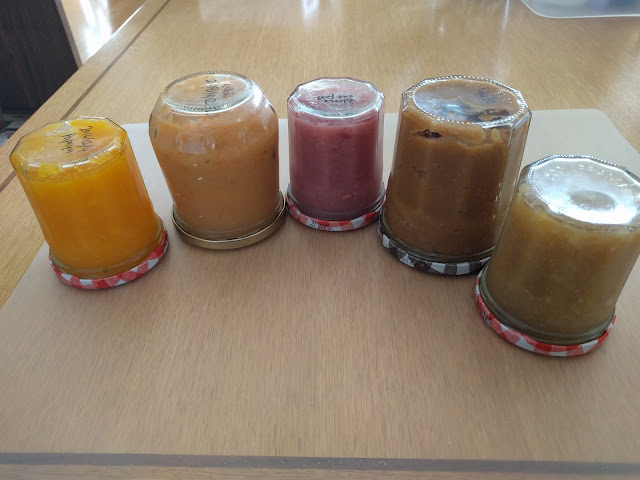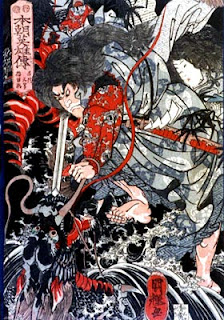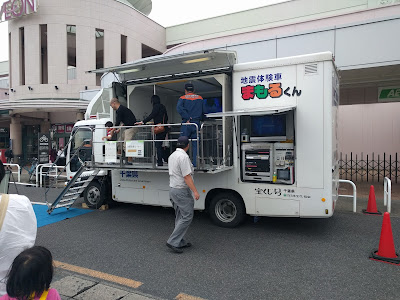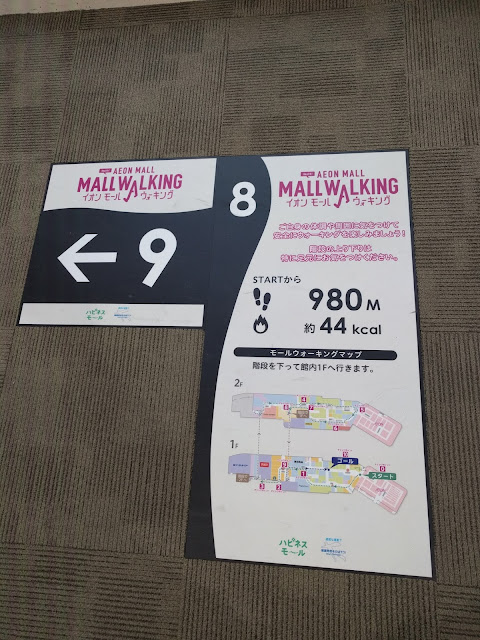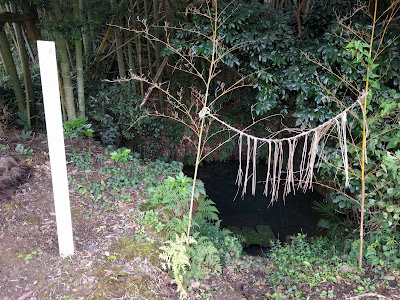What do you eat for breakfast when living in Japan? Is it Muesli/Yoghurt/fruits as I do during weekdays or is it bread, butter and jam as I do on the weekend mornings? Unfortunately, Japanese shops/supermarkets mainly carry strawberry and blue-berry jam. Recently, it seems to have changed, the number of different fruit jams has increased but, unfortunately, the price situation has not improved. 500 Yen for 100g jam is just intolerable, especially, if you consider that half of it is sugar. There is a very easy solution to this problem. DIY. left to right: Papaya, Kaki, Lemon-Pomegrenade, Quince, Grapefruits. Not shown, because already eaten are Apple, Mikan, Kiwi and others. I usually buy some price-reduced fruits. Japanese are very picky about the appearance of fruits which, most times, has nothing to do with quality. So supermarkets need to reduce the price to be able to sell it. How to make? Clean the fruits well and put them into a cooking pot. In the case of lemon...
